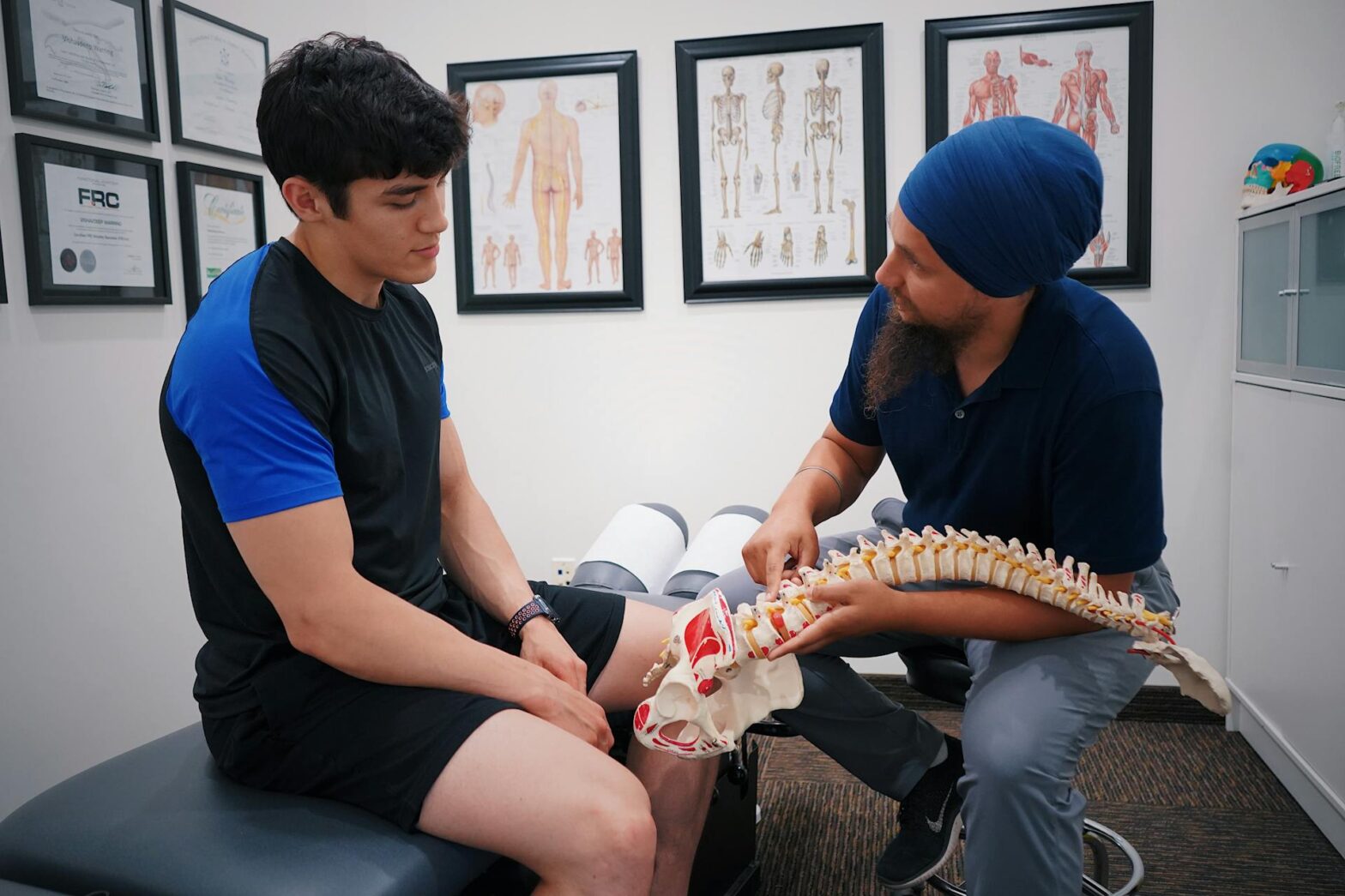According to the World Health Organization (WHO), about 15% of the world’s adults have a form of disability. A further 2-4% of adults face serious difficulties in functioning. While some people with disabilities have specialized care needs, others do not. But they all have the same general care needs as everyone else.
Unfortunately, various barriers, from high costs to outdated prejudices, result in patients not necessarily receiving the quality of care they deserve. This guide offers practical advice on improving the quality of care for people with disabilities.
Recognize Barriers to Quality Health Care
The first step toward improving health care quality for people with disability is to recognize the barriers they face when seeking good quality health and other medical care. Several of those barriers exist at national, state/provincial, and county levels.
WHO identified the following barriers among others:
1. Physical Barriers
Physical barriers are arguably the most obvious of the obstacles listed by the organization. Examples include parking areas that are difficult or impossible to access, and uneven access to clinics, health centers, and hospitals. Poor signage, medical equipment that’s difficult to access, and unsuitable bathroom facilities are also high on the list.
2. High Costs
The prohibitive costs of healthcare services and transport are one of the greatest barriers to quality healthcare for people with disability in low-income countries. According to WHO, more than half of the world’s people with disabilities cannot afford healthcare. By comparison, approximately one third of people without disability can’t afford healthcare in their respective countries.
3. Lack of Health Care Worker Training
The lack of training health workers to care for people with disability means those workers are inadequately skilled. This reflects in WHO’s findings that disabled people were four times more likely to report mistreatment, three times more likely to report that they were denied healthcare, and twice as likely to report inadequately skilled healthcare providers.
Improving Care Quality
Recognizing barriers offers us a starting point for improving the quality of care for people with disabilities. Some of those barriers will require changes to national and state policy, or decisions made by boards or managing directors. Individual workers and families or primary caregivers of disabled people at home can implement the others. Let’s explore this.
1. Check Your Mindset
Stanford Department of Emergency Medicine physician Cori Poffenberger, MD, said that improving care quality for people with disabilities requires us to consider our mindset. If you stick to the medical model of disability, you see those people as in need of “fixing” by means of medical intervention. If you follow the social model, you see disability itself as something created by society. For example, a deaf person’s ability to function isn’t impaired within the deaf community. That person only experiences disability when they interact with people who can hear.
According to Poffenberger, whose daughter Eliza has spina bifida, you can improve care by thinking of ways that you can alter processes and systems to encourage independence and function for disabled people. Rather than trying to force those people to fit the structure, caregivers, health care institutions and other parties need to change the structure to accommodate them.
2. Ask for Input
Too often people with disabilities get excluded from discussions between healthcare workers, caregivers, and family members about their care. Poffenberger explained that this is improved by addressing the patient before speaking to families and caregivers. Healthcare professionals should ask the person how they would like the history and exam conducted, and about their medical care goals. Take people with disabilities seriously and actively include them in discussions and decisions regarding their healthcare.
3. Use Language Carefully
Whether friends, family, caregivers, doctors, healthcare workers, we should be conscious of the language they use around disability. Poffenberger wrote that rather than objectifying people with disability positively or negatively, your choice of words should make them feel valued.
Using her own daughter as an example, Poffenberger stated that Eliza, who is neither an inspiration nor a burden, has spina bifida, rather than suffers from the disability. She also stated that, rather than using a “handicapped” restroom, Eliza uses an accessible restroom, and that her twin brother is the child without a disability, rather than the “normal” one.
4. Consider Accessibility
If caring for a person with a disability at home, consider accessibility in every area based on their mobility requirements. For those using crutches, a walker, or even a heavy duty wheelchair, the ability to move around with ease is crucial. This extends from simply maneuvering from room to room to accessing facilities and essentials that make day to day living comfortable.
Check that the height of counters, basins, sinks, shelving, cupboards, appliances, toilets, bathtubs, showers, medical supplies, and other items are appropriately accessible.
With some disabilities, it may not be appropriate to put medication, potentially dangerous appliances and tools, and other items in easy reach. In those circumstances, secure storage is essential.
5. Go for Training
WHO identified a lack of skill and knowledge as one of the barriers to quality care for people with disabilities. Anyone who cares for a person with disability should receive at least basic training that’s appropriate for the relevant disability.
6. Exercise Daily
Caring for people with disabilities isn’t limited to medical issues. The approach should be holistic, and part of that is regular physical exercise, which can support fitness, body function, and mental health. Whatever a person’s disability, there is a form of exercise that is appropriate. For some, it may be walking, water aerobics, or tai chi, and for others, it may be easy housework or gardening. Encourage them to exercise regularly.
7. Provide Proper Nutrition
Processed foods and foods packed with additives and artificial sweeteners are nutritionally sparse and they can negatively affect mind and mood. If you plan and prepare meals for people with disabilities, increase nutrient-dense foods and eliminate or decrease as many processed foods, artificial sweeteners, and additives as possible. Support their health with proper nutrition, remembering that some people’s bodies do not react well to dairy, gluten, or other foods.
Make a Start
This guide to help improve the quality of care for people with disability is nowhere near exhaustive. Instead, it offers a starting point and a few practical tips for your consideration. As you think about ways to implement them, you may find other methods of enhancing how you care for someone with a disability.

















